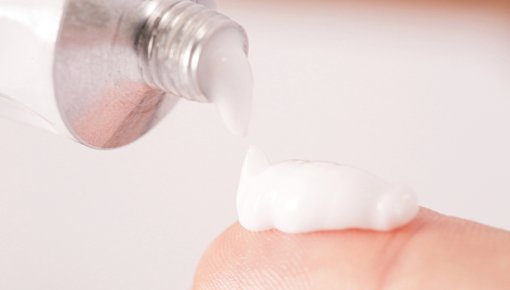How is scabies treated?

To get rid of scabies mites, applying a special cream once is usually enough. It is also possible to take tablets. Creams and medications can help to soothe the itching.
Scabies mites are passed on through skin-to-skin contact over about 5 to 10 minutes. The mites burrow into the topmost layer of skin and then reproduce there. The body usually reacts to the mites and their droppings with severe itching and a rash.
The disease can be treated quickly once diagnosed. The standard treatment is a cream that contains permethrin. But other medications are available, such as ivermectin tablets. Both active ingredients are effective at fighting the parasites.
Whichever treatment option you go for, it's important to avoid close contact with other people for at least 36 hours after finishing the treatment. Otherwise you could still pass the mites on. You can also become infected again yourself, for example through used bedding. To prevent this happening, you should change your bedding, towels and clothes straight after the treatment.
People with a weakened immune system may develop a particularly severe type of scabies known as crusted scabies. The treatment is then more intensive so it is often carried out in hospital.
